Wider-Eyes
As I mentioned in my last post, last week was rather busy. The weather was essentially perfect – not too cold, bright sun, and not windy at all. Though I often have lunch at my desk, I still need to go and buy it, and I decided to take my camera with me and take a few snaps around my building.
Less obvious with the first, and more on the second, is the use of the super wide-angle lens. In the shot above, with the broken cone, I was just a few centimetres away from the cone, which is rendered nice and sharp in the near-centre of the image, yet at an aperture of f/11, the bricks in the building in the centre of the frame are tack-sharp, even though they’re some 50m away. I’ve not tried to remove any lens vignetting, and there are traces of colour-casting, but it doesn’t detract enough in this image for my tastes.
View fullsize
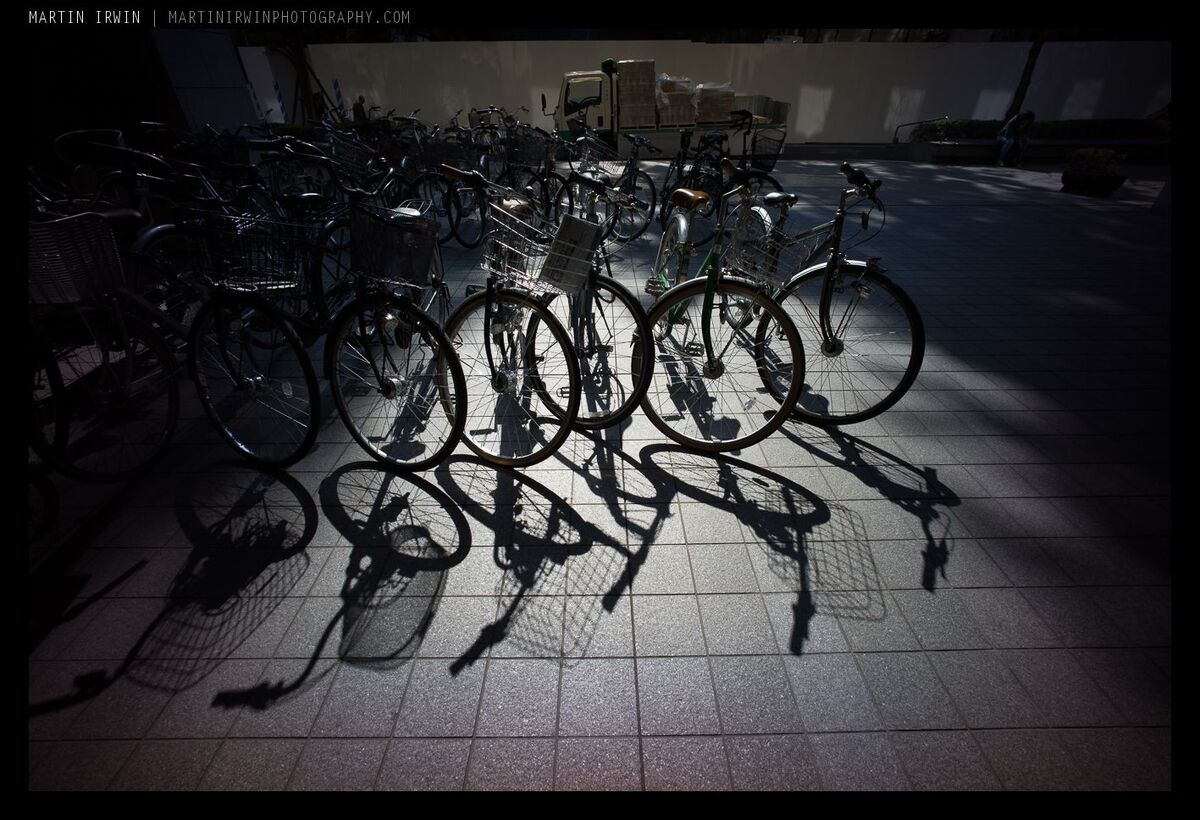
I’m planning on reviewing this lens in the near future, when time permits, but I suppose this post is something of a preview (I will probably re-use some of these images in the final review).
View fullsize
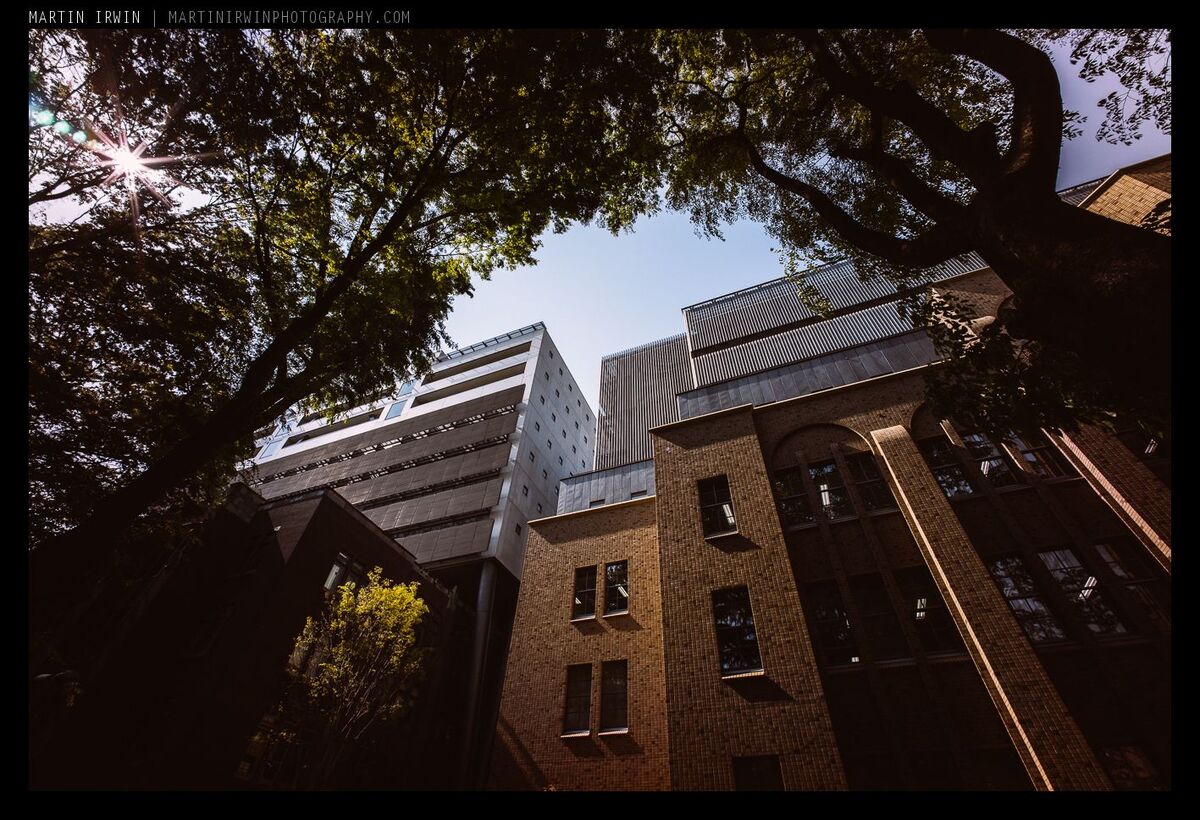
I chose to name this post “Wider-Eyes”, as I had tried the L-mount version of this lens on my NEX-7 a while ago, with the resultant post “Wide-Eyes”. With the larger sensor of the A7R, this lens has a true super-wide field of view, as the sensor fills more of the image circle provided by the lens.
This is, apparently, something of a confusing topic, often termed as “full frame equivalence” – something of a pet-peeve of mine. There’s no real reason to convert to full frame equivalence, as “full-frame” itself is a much smaller format than the confusingly named medium format (yes, Large Format is larger still). But calling full-frame “35mm” (the size of film used in such cameras), only adds to the confusion… e.g. “what 35mm equivalent focal length is your 15mm lens on an APS-C sized camera?”. The common answer is 22.5mm, but let me show my working.
The issue is that a lens, let’s take a prime lens (not a zoom), has a fixed focal length. In the case of the Voigtländer SUPER WIDE-HELIAR 15mm f4.5 ASPHERICAL II, this number is 15mm. This number is constant, and never changes. The lens has angles of view, of 110º Diagonal, 100º Horizontal, and 77º Vertical. These values also never change; the optics are fixed.
The “problem” arises when using lenses on cameras with sensors smaller than those of full-frame/35mm cameras. In such cases, significant portions of the projected image from the lens fall around the small sensor, into nothingness, and are never recorded in the picture (see below).
View fullsize
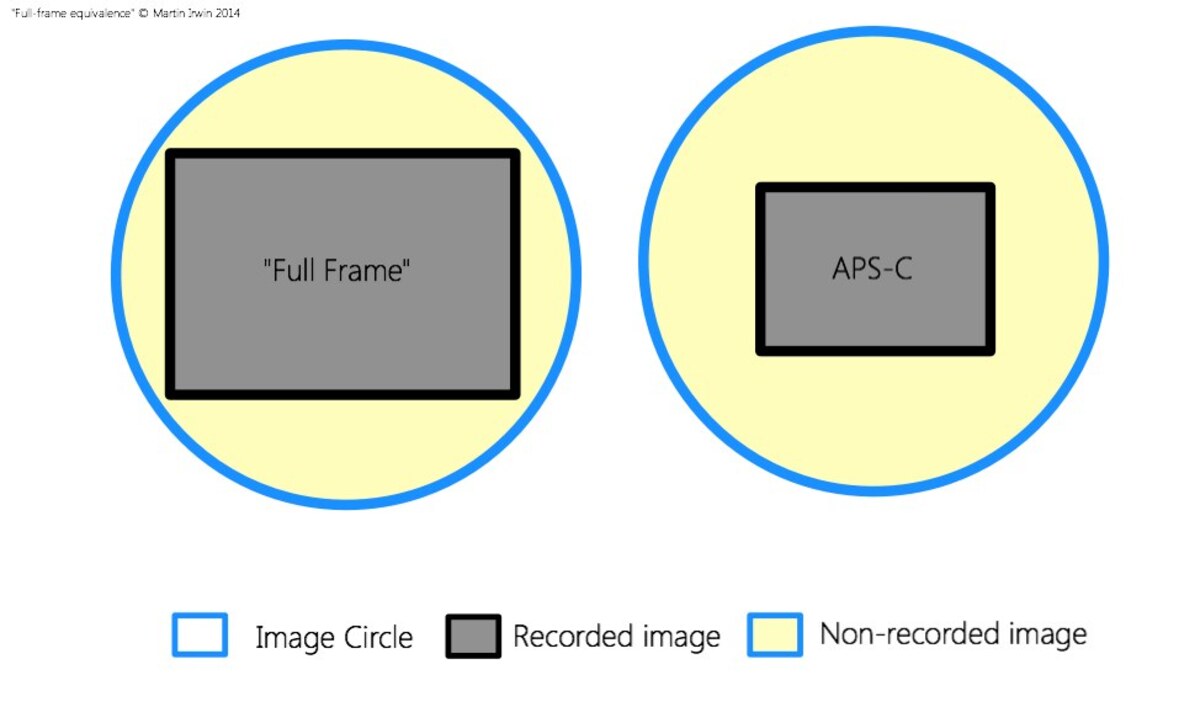
Let’s use a camera with an APS-C sized sensor, such as the NEX-7, for this example. It has a “crop factor” of 1.5 – the area of the sensor is 1.5 times smaller than the area of the full-frame sensor (for Micro Four Thirds cameras, µ43/M43, this crop factor is 2). The 15mm Heliar lens, when mounted on an APS-C camera, has “full-frame equivalent” field of view, of a 15*1.5 = 22.5 mm lens on full-frame. Confused? Let me rephrase. Person A has the 15mm lens on an NEX-7, and is stood next to Person B will a full frame camera. Person B wants to see the “same thing” as Person A, and would need a 22.5mm lens*.
From Wikipedia (slightly edited):
For example, a 28 mm lens is a wide angle lens on a traditional 35mm camera. But the same lens on an APS-C camera, with a lens factor of 1.5x (relative to a standard full-frame 35mm format camera), has the same angle of view as a 42 mm (28 mm x 1.5 lens factor) lens on a 35 mm camera—i.e. a normal lens
Camera and lens manufacturers also mess consumers around, and let’s not even get started on aperture equivalence.
Enough waffle.
Ultra-wide lenses are fun to use, because they offer a completely different perspective to scenes. Simply held and shot, everything will seem “far away”. One really must get close (around 10cm in the photo above), from points of interest, and the background will be “pushed” farther away than if using a “normal” focal length in the 24–85mm range.
View fullsize
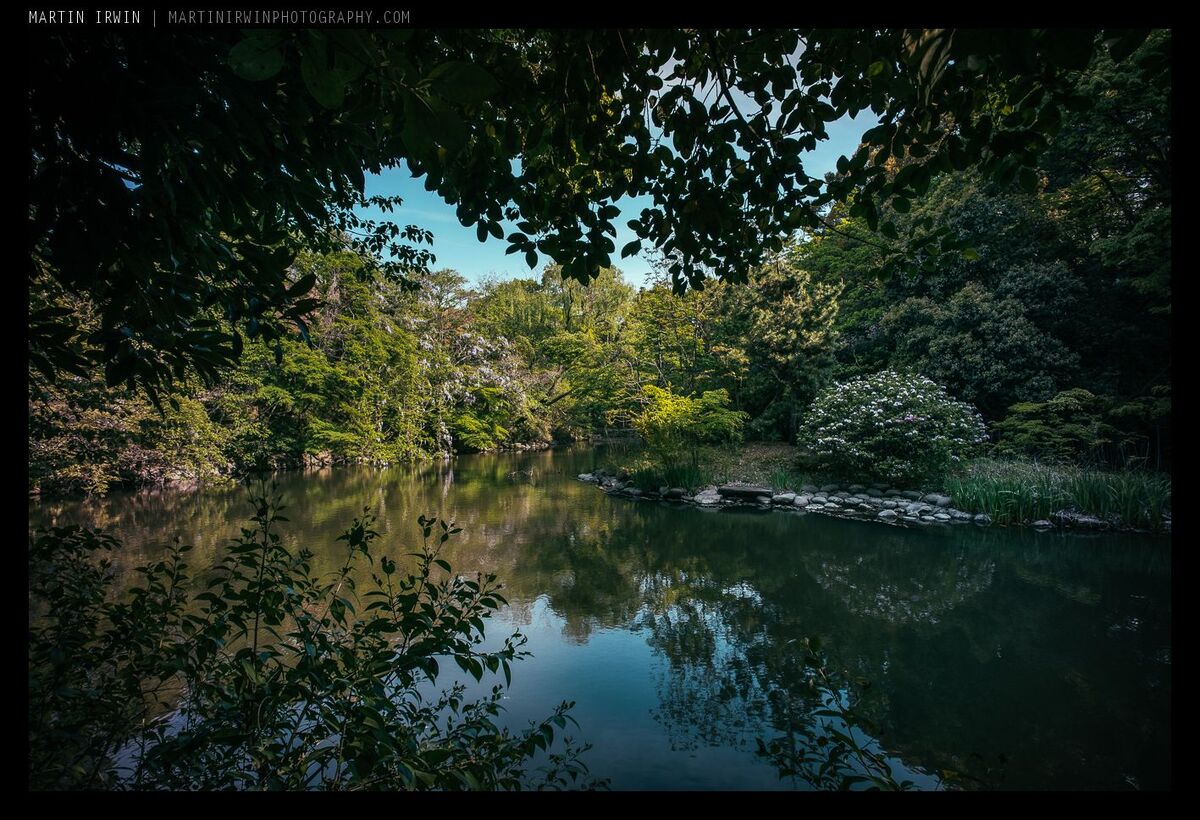
It’s very easy to have unwanted elements enter the frame (even one’s fingers, or the camera strap), so due care and attention is required.
View fullsize
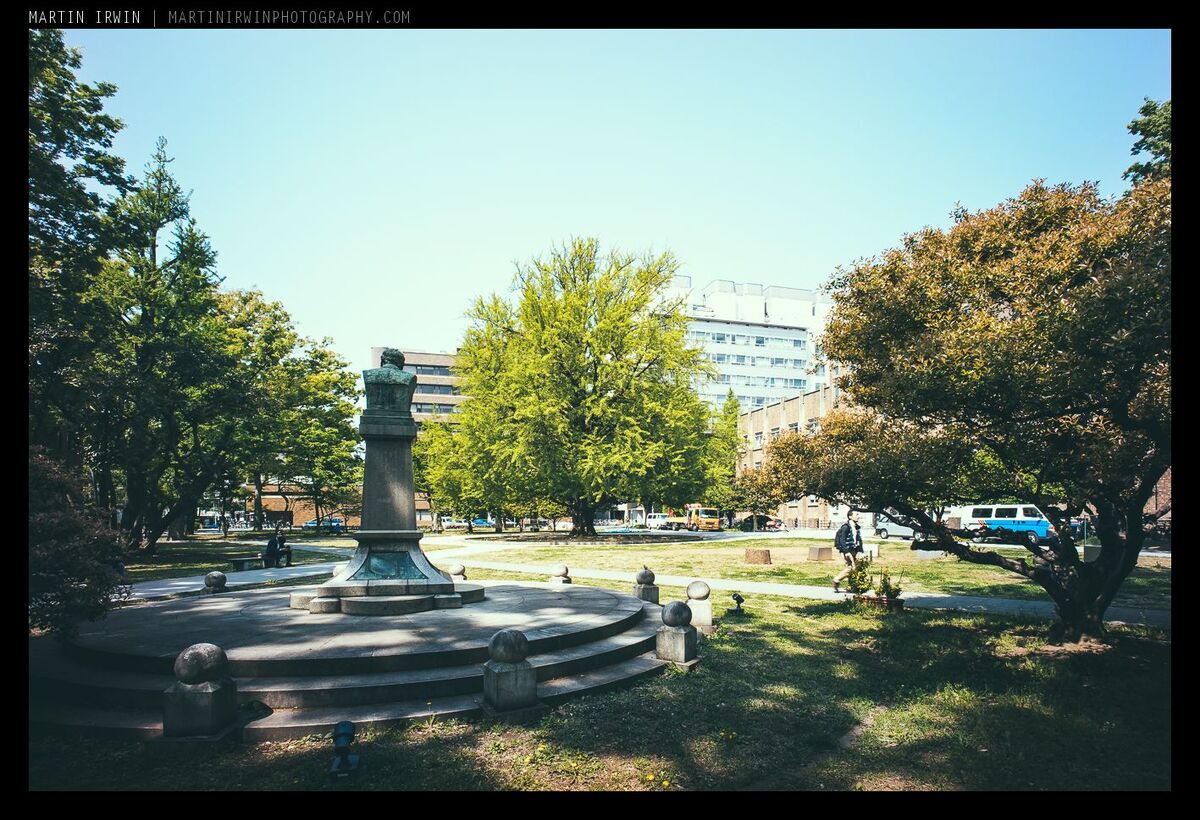
Aside from the cone-shot, you’ll probably think that The University of Tokyo is rather photogenic, and rightly so. There is some wonderful architecture, and a huge variety of trees and flora.
View fullsize
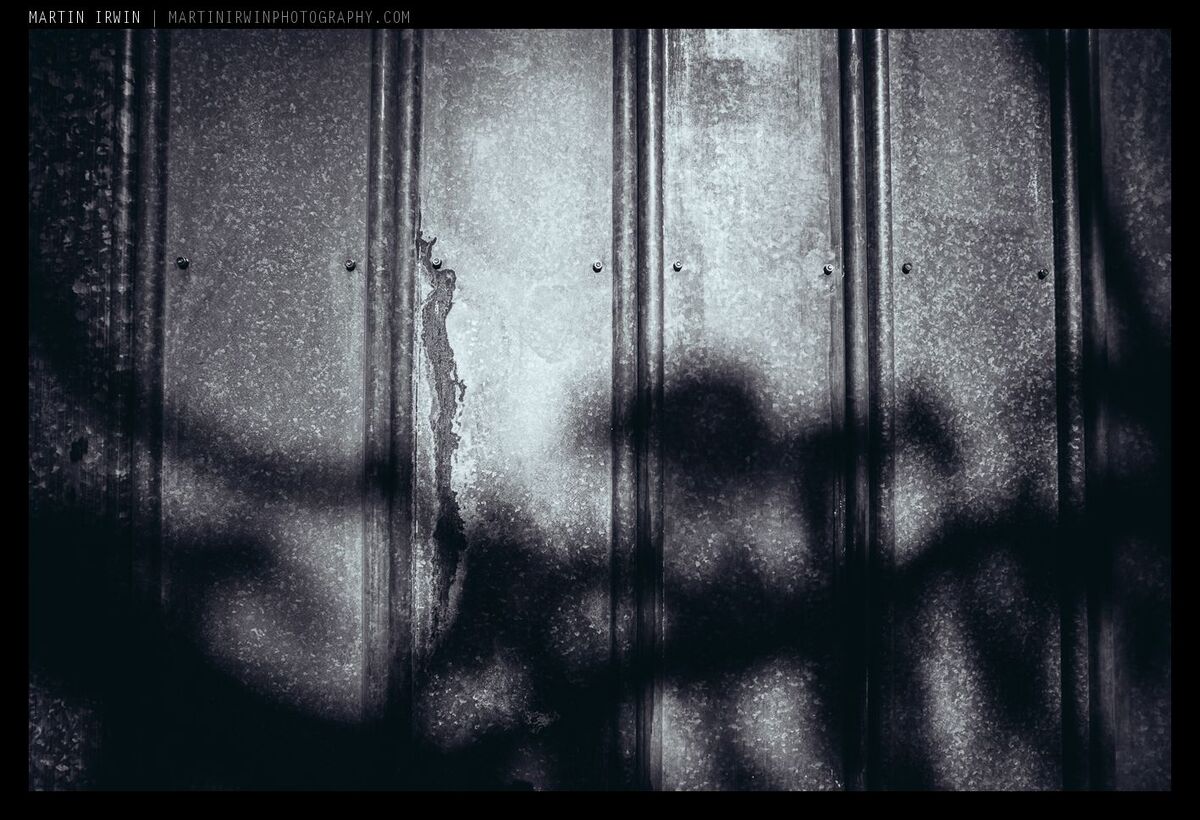
Unfortunately, there is still a significant amount of construction work being undertaken around the Hongo campus, but aside from the shot above, I’ve managed to avoid it for the most part.
In the next post, I’ll be showing what the A7R can do with native lenses, so stay tuned!
*This simplification does not account for changes in image projection, such as fisheye lenses etc, and differences between APS-C formats themselves.